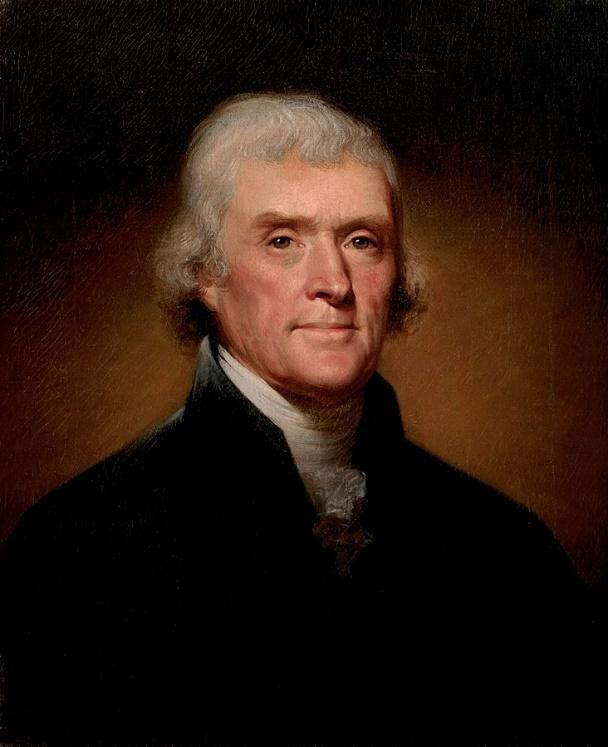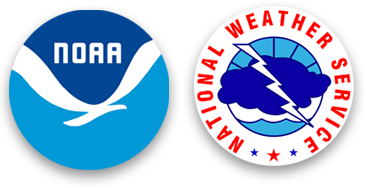Jefferson and Madison, America's First Cooperative Weather Observers? - National Weather Service Heritage

Jefferson and Madison, America's First Cooperative Weather Observers?
By Dan Valle (dan.valle@noaa.gov)European settlers had preconceived thoughts regarding the world’s climate. Generally, they expected lands at latitudes comparable to Europe to have European climate. As a result, initial settlers attempted to plant Mediterranean crops in areas such as Virginia. Quickly realizing that these crops were unsuitable for North America. Many Europeans viewed North America’s greater seasonal extremes as shortcomings. In fact, Comte de Buffon, the preeminent naturalist of the 18th century, described North America as “inferior and deleterious.” Thomas Jefferson and James Madison realized that growth of America depended upon disproving this theory. In addition to making observations of plants and animals in the New World, they journalized day-to-day weather on their plantations. Weather observations included temperature, barometric pressure, winds, and precipitation. Jefferson and Madison were able to show that in fact America received more sunshine than Europe. Furthermore, many North American animals were more plentiful and larger than comparable species found in Europe. Thus, disproving the idea that America’s climate was inferior to Europe.
References:
Druckenbrod, D.L., and coauthors, 2003: Late-Eighteenth-Century precipitation reconstruction from James Madison’s Montpelier Plantation. Bull. Amer. Meteor. Soc., 84, 57-71.
